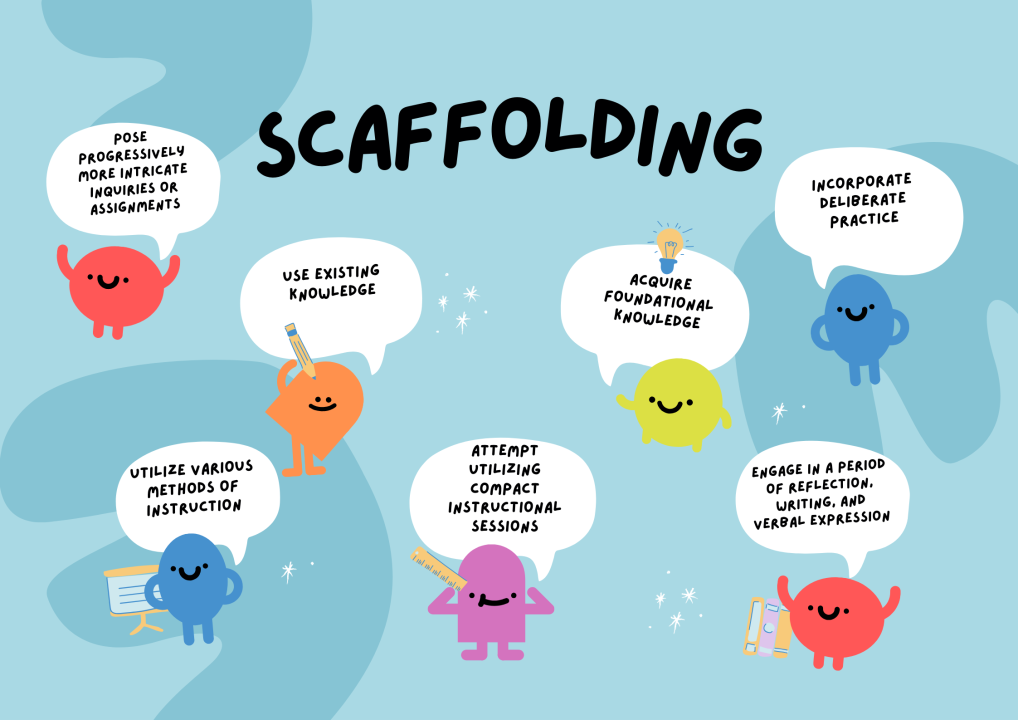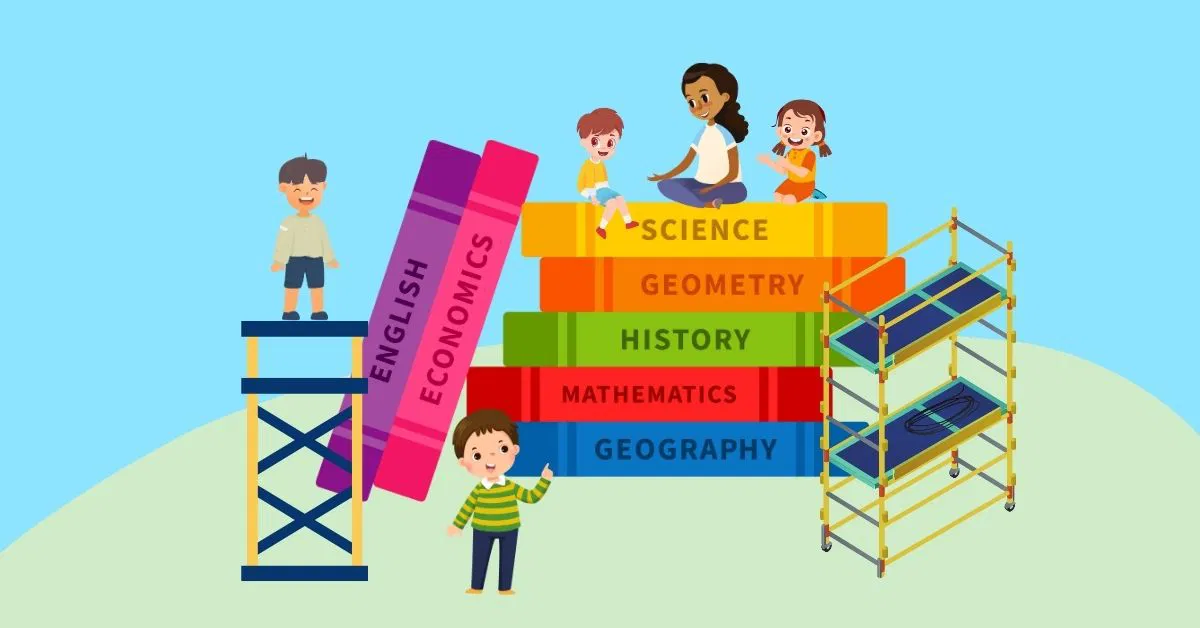Writing is not just a subject—it’s a core skill that impacts every area of learning. From forming clear arguments to reflecting critically, students rely on writing throughout their academic journey. But developing strong writing skills doesn’t happen overnight. That’s where writing scaffolding strategies come in.
In this article, we explore how to strengthen writing skills using writing scaffolding strategies, why these strategies are essential for diverse learners, and how schools can integrate them effectively at every grade level. At Verified Campus, we highlight institutions that prioritize inclusive, skill-building techniques like writing scaffolding strategies to ensure every student becomes a confident and capable writer.
What Are Writing Scaffolding Strategies?
Writing scaffolding strategies are step-by-step instructional techniques that break the writing process into manageable components. These strategies:
-
Help students organize their thoughts
-
Provide sentence starters or frames
-
Model proper structure and style
-
Offer targeted feedback at each stage
By applying writing scaffolding strategies, educators can support students through brainstorming, drafting, revising, and publishing—with increasing levels of independence.

Why Writing Scaffolding Strategies Are Essential
Not every student arrives at school with equal writing ability. Some may struggle with grammar, while others can’t organize their ideas. Even advanced writers benefit from structure when tackling complex tasks.
Writing scaffolding strategies are essential because they:
-
Promote equity in writing development
-
Reduce writing anxiety
-
Provide clear expectations
-
Build metacognitive skills (thinking about thinking)
-
Help students become self-reliant, confident writers
When educators embed these strategies into daily instruction, writing becomes less intimidating and more accessible for all learners.
1. Modelling and Think-Aloud
One of the most effective writing scaffolding strategies is modelling. Teachers write in front of the class, verbalizing their thought process along the way.
For example:
-
“I’m starting with a hook to grab the reader’s attention…”
-
“Now I’ll transition into my thesis statement…”
These think-aloud demystify writing. Students see that good writing involves planning, revising, and sometimes even struggling—just like they do.
2. Graphic Organizers for Prewriting
Before writing comes planning. Graphic organizers are critical writing scaffolding strategies that help students brainstorm, categorize, and sequence ideas.
Popular options include:
-
Venn diagrams for compare/contrast essays
-
Story maps for narratives
-
T-charts for opinion writing
-
Mind maps for creative pieces
When students visualize their ideas, their writing becomes more structured and coherent.
3. Sentence Starters and Frames
For students struggling to get started, sentence starters provide an invaluable entry point. These writing scaffolding strategies offer the beginning of a sentence, helping students complete it in their own words.
Examples:
-
“One reason I believe this is…”
-
“According to the text…”
-
“In conclusion, it’s clear that…”
Over time, students internalize academic language and develop their own voice—making the scaffolds eventually unnecessary.
4. Chunking the Writing Process
Many students feel overwhelmed by multi-step writing tasks. Chunking—breaking tasks into smaller steps—is one of the most effective writing scaffolding strategies.
Steps might include:
-
Brainstorming
-
Outlining
-
Writing just the introduction
-
Writing the body paragraphs
-
Editing and peer review
-
Finalizing the conclusion
By focusing on one manageable task at a time, students stay focused and make steady progress.

5. Peer Collaboration and Feedback
Learning from peers is another powerful support. Through structured peer review, students receive real-time feedback and develop editing skills.
Writing scaffolding strategies for peer work include:
-
Feedback sentence starters: “I like how you…” / “One suggestion is…”
-
Peer editing checklists for grammar, clarity, and organization
-
Guided partner writing sessions
These practices not only improve writing but also teach collaboration and critical thinking.
6. Anchor Charts and Classroom References
Anchor charts visually reinforce key writing concepts and structures. When students can refer to models, transitions, and checklists on the wall, they feel more secure.
Common anchor charts include:
-
Paragraph structure (Topic Sentence – Evidence – Explanation)
-
Transitions list
-
Punctuation reminders
-
Verb tense guides
These classroom visuals are simple but impactful writing scaffolding strategies that reinforce learning.
7. Mentor Texts and Exemplars
Before students can write well, they need to see what good writing looks like. Mentor texts—short examples of high-quality writing—are a central part of effective writing scaffolding strategies.
Mentor texts can be used to teach:
-
Strong introductions
-
Vivid descriptions
-
Logical argument structure
-
Persuasive techniques
Students read, analyze, and imitate until those strategies become second nature.
8. Checklists and Rubrics
Clear expectations are key to strong writing outcomes. Checklists and rubrics serve as writing scaffolding strategies that guide students through the self-evaluation process.
Benefits include:
-
Helping students stay focused
-
Encouraging reflection
-
Making grading transparent
-
Reducing teacher time spent explaining criteria
A well-designed rubric empowers students to take ownership of their revision and growth.
9. Conferencing and Personalized Feedback
While group instruction is useful, one-on-one writing conferences are powerful. These personalized writing scaffolding strategies allow teachers to target exactly what each student needs.
During a writing conference, a teacher might:
-
Praise progress
-
Clarify misunderstandings
-
Set small, achievable goals
-
Model edits or revisions live
This personal attention boosts student confidence and accelerates improvement.
10. Gradual Release of Responsibility (I Do – We Do – You Do)
The “Gradual Release of Responsibility” model is a cornerstone of writing scaffolding strategies. Here’s how it works:
-
I Do: Teacher models
-
We Do: Class writes together
-
You Do: Students write independently
By slowly shifting responsibility, students gain the tools and mindset needed to write on their own.

Writing Scaffolding Strategies Across Grade Levels
Primary School (Grades 1–5)
In early grades, writing scaffolding strategies are foundational. Students benefit from:
-
Drawing before writing
-
Sentence frames
-
Phonics integration
-
Shared writing activities
Writing is connected to reading, speaking, and listening at this stage.
Middle School (Grades 6–8)
As students encounter more complex texts, writing scaffolding strategies shift toward:
-
Essay planning tools
-
Paragraph-building templates
-
Transitional words lists
-
Peer editing practice
Middle school writing focuses on clarity, structure, and persuasion.
High School (Grades 9–12)
Older students engage with more advanced scaffolds:
-
Annotating mentor texts
-
Citing sources properly
-
Thesis statement workshops
-
Argument mapping tools
At this stage, scaffolding becomes more individualized and task-specific.
Writing Scaffolding Strategies for Diverse Learners
English Language Learners (ELLs)
ELL students benefit immensely from writing scaffolding strategies, such as:
-
Bilingual glossaries
-
Visual cues
-
Sentence starters with vocabulary support
-
Oral rehearsal before writing

Students with Learning Differences
For students with dyslexia, ADHD, or processing disorders, scaffolding includes:
-
Speech-to-text tools
-
Graphic organizers with colour coding
-
Dictation or audio support
-
Repeated modelling and guided practice
With the right writing scaffolding strategies, all students can access the writing process.
Conclusion: Champions Scaffolding for Success
Strong writing is a skill that lasts a lifetime. By using writing scaffolding strategies, educators create a clear path toward confident, capable, and independent writers. These strategies not only improve academic performance but also empower students to express themselves with clarity and purpose.
At Verified Campus, we celebrate schools that implement forward-thinking methods to nurture student growth. The Best School in Dehradun stands out for its commitment to scaffolding academic success. With thoughtfully designed writing instruction, personalized support, and a focus on continuous improvement.


